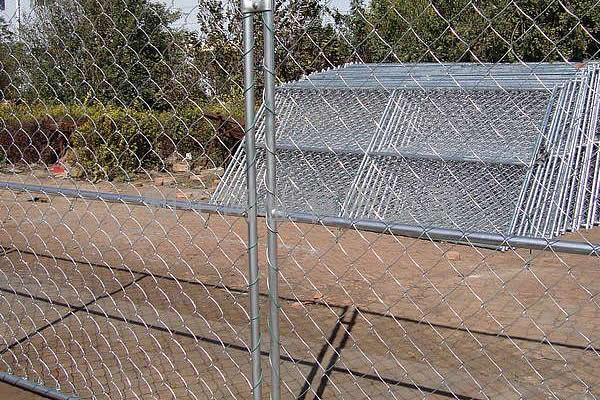 TEL:
+86-13102802206
TEL:
+86-13102802206
 Email:
fencenetting@china.com
Email:
fencenetting@china.com
 Language
Language
 TEL:
+86-13102802206
TEL:
+86-13102802206
 Email:
fencenetting@china.com
Email:
fencenetting@china.com
 Language
Language


Understanding the Cost of Gabion Walls
Gabion walls have gained popularity in both landscape architecture and civil engineering due to their functionality, aesthetic appeal, and environmental benefits. When considering their implementation, one of the most pressing questions that arises is What is the cost of constructing a gabion wall? This article examines the factors influencing the price of gabion walls, as well as the advantages that justify their cost.
What are Gabion Walls?
Gabion walls are structures made of wire mesh cages filled with materials such as rocks, stones, or other aggregates. They serve multiple purposes, including erosion control, noise reduction, aesthetic enhancement, and structural reinforcement. Their versatility allows them to be used in a variety of settings, from residential gardens to large-scale infrastructure projects.
Cost Factors
When estimating the cost of a gabion wall, several factors come into play
1. Material Costs The primary expense involved in constructing a gabion wall is the materials. The price varies depending on the type and quality of the stones or rocks used. Local availability can also impact this cost; for example, using locally sourced materials will generally reduce expenses.
2. Wire Mesh Cage Expenses The gabion baskets are typically made from galvanized or PVC-coated steel wire, which adds to the overall cost. The dimensions of the cages also matter; larger cages will be more expensive.
3. Labor Costs Installation is another significant factor. While gabion walls can be installed by DIY enthusiasts, hiring professionals can guarantee better durability and aesthetics. Labor costs will vary based on the project's complexity and the local labor market.
4. Site Preparation Before the construction of a gabion wall, site preparation may be necessary, which can include leveling the ground and creating a drainage system. These additional services will increase overall costs.

5. Design Complexity The design of the wall can influence costs as well. Straight walls are generally cheaper than curved or tiered designs. Also, custom shapes or patterns may require more time and materials.
6. Height and Length As with most construction projects, the dimensions of the gabion wall significantly affect overall cost. Taller and longer walls will require more materials and labor, driving up expenses.
Advantages of Gabion Walls
Despite the variability in costs, gabion walls offer numerous benefits that can justify their investment
- Durability Gabion walls are known for their strength and long lifespan. They can withstand harsh weather conditions and can be a reliable solution for erosion control.
- Environmental Benefits Being permeable structures, gabion walls allow water to flow through, reducing runoff and soil erosion. They also promote vegetation growth, which can enhance the local ecosystem.
- Aesthetic Appeal Gabion walls can be designed to fit into various landscapes, contributing to the overall beauty of a setting. They can be customized with different types of stones to achieve a desired look.
- Cost-Effectiveness In the long run, gabion walls may prove more economical than other types of retaining walls as they often require less maintenance and are built from readily available materials.
Conclusion
The cost of a gabion wall can vary widely based on multiple factors, including materials, labor, and design complexity. However, the advantages that these walls offer, such as durability, environmental benefits, and aesthetic appeal, often make them a worthy investment. When planning a landscaping or construction project, weighing the initial costs against the long-term benefits can help you make informed decisions that align with your goals and budget. Whether you're looking to enhance your garden or tackle serious erosion issues, gabion walls are a practical and attractive option worth considering.